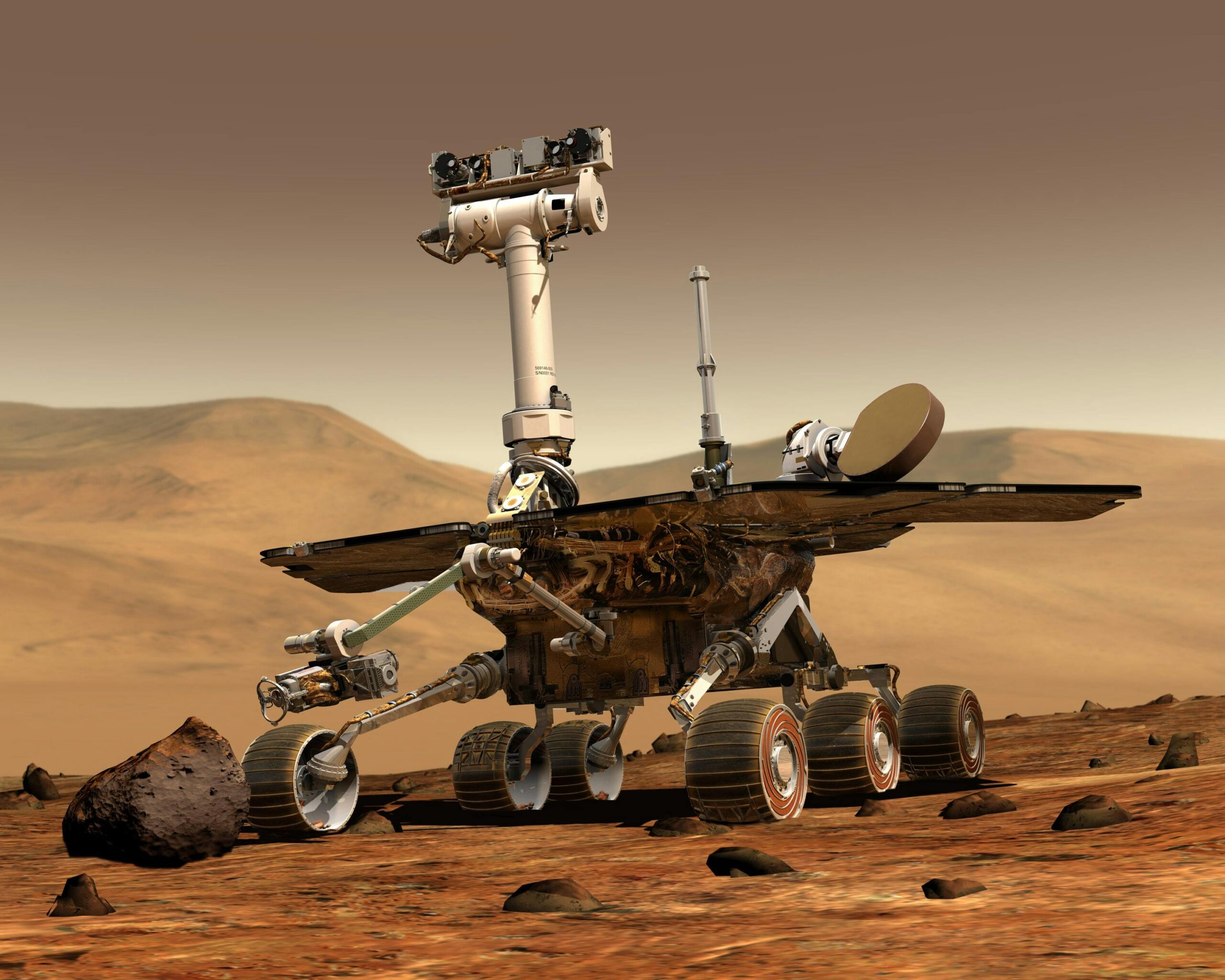By: Catherine Wang
Curiosity’s newest discovery was on July 22th, when the rover unexpectedly found yellow-ish green crystals after splitting a rock open. What truly shocked the scientists was that the crystals were made of pure sulfur, as sulfur does not belong to the Martian climate.
NASA’s Curiosity rover was built by the Jet Propulsion Laboratory (JPL), a part of the California Institute of Technology (Caltech) in Pasadena, California. The rover was part of NASA’s Mars Science Laboratory (MSL) mission.
The development of the Curiosity rover began in the early 2000s, and with significant construction and assembly taking place from 2004 onwards. Curiosity was launched from Cape Canaveral Air Force Station in Florida on November 26, 2011.
Curiosity successfully landed on Mars in Gale Crater on August 6, 2012.
The main goal of the Curiosity rover is to explore the Martian climate, find whether the selected field site inside Gale Crater has ever offered environmental conditions favorable for microbial life.
The Curiosity rover has made many significant discoveries since it landed on Mars. Curiosity found evidence of an ancient freshwater lake at Gale Crater, which could have supported microbial life. The discovery was based on the identification of key chemical ingredients for life, including sulfur, nitrogen, hydrogen, oxygen, phosphorus, and carbon.
The rover also found evidence of an ancient streambed, including rounded pebbles that were likely shaped by flowing water. This finding suggests that liquid water once flowed on the Martian surface.
Curiosity found soil and rocks on Martian ground showing diverse chemical compositions, indicating a variety of past environmental conditions. For example, it found clay minerals, which form in the presence of water.
Image Credit by Pixabay











